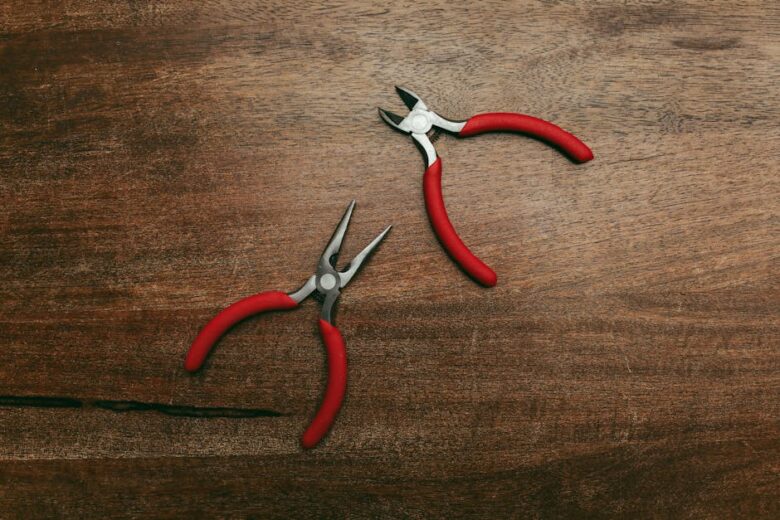Essential Tools for Comprehensive UFO Documentation
In an age where the mysteries of the universe captivate our imaginations, the documentation of Unidentified Flying Objects (UFOs) has become more than just a hobby—it’s a quest for answers. Whether you’re a seasoned ufologist or just starting out, having the right tools can make all the difference in your investigations. In this guide, we’ll explore the essential tools for comprehensive UFO documentation, helping you to capture, analyze, and share your findings with the world.
Table of Contents
1. Introduction
2. High-Quality Cameras
3. Advanced Binoculars
4. Audio Recording Devices
5. Notebooks and Journals
6. Smartphone Apps for UFO Tracking
7. Data Analysis Software
8. Conclusion
9. FAQs
Introduction
UFO sightings have intrigued people for decades, spurring countless investigations and debates about their origins. The need for credible documentation is paramount, and with technological advancements, enthusiasts have more tools at their disposal than ever before. This post aims to provide an overview of the essential tools you’ll need to embark on your own UFO documentation journey.
High-Quality Cameras
A crucial tool in UFO documentation is a high-quality camera. While smartphones have impressive cameras, investing in a DSLR or mirrorless camera can significantly enhance the quality of your evidence. Look for cameras with excellent low-light performance, as many sightings occur at night. Don’t forget to equip your camera with a sturdy tripod to ensure stability during long exposure shots.
Advanced Binoculars
Seeing is believing, and advanced binoculars can bring distant objects into clear view. Choose binoculars with a wide field of view and strong magnification capabilities. Image stabilization features are also invaluable for maintaining a steady view, especially during unexpected sightings.
Audio Recording Devices
While visuals are crucial, audio can provide additional context to your sightings. Invest in a quality audio recorder that captures clear sound. This can be particularly useful in environments where strange noises accompany visual phenomena. A directional microphone can help isolate specific sounds, making your recordings even more valuable.
Notebooks and Journals
In the digital age, there’s still something powerful about putting pen to paper. Keep a detailed journal of your observations, noting times, locations, weather conditions, and any peculiar details. This can provide invaluable context when reviewing evidence later. Plus, it’s a great way to document your personal journey in the world of UFO research.
Smartphone Apps for UFO Tracking
Your smartphone can be a powerful ally in UFO documentation. There are numerous apps designed to track sightings, record data, and even connect with fellow enthusiasts. Apps like UFO Stalker and MUFON Mobile provide real-time sighting reports and allow you to log your own experiences. Don’t underestimate the power of technology in your pocket! 📱
Data Analysis Software
Once you’ve collected your data, analyzing it is key. Software like Adobe Lightroom or Photoshop can help enhance and scrutinize photographic evidence. For those more technically inclined, using programs like MATLAB or Python can allow for deeper analysis of any patterns or anomalies in your data. Remember, the devil is in the details!
Conclusion
Embarking on UFO documentation is a thrilling endeavor that combines curiosity with technology. By equipping yourself with the right tools, you lay the groundwork for credible and comprehensive investigations. Whether you capture a fleeting glimpse or a prolonged encounter, remember that every piece of evidence contributes to the broader understanding of these mysterious phenomena. Happy hunting, and may your skies be ever intriguing! 🛸
FAQs
1. What is the most important tool for UFO documentation?
The most important tool is arguably a high-quality camera, as visual evidence is often the most compelling.
2. Can I use my smartphone for UFO documentation?
Yes, smartphones can be very useful, especially with the addition of specialized apps for tracking and recording sightings.
3. How can I analyze the data I collect?
Using software like Adobe Lightroom for photos and MATLAB for data analysis can help you uncover patterns and details that may not be immediately visible.
4. Are there communities I can join to share my findings?
Absolutely! There are numerous online forums and organizations, such as MUFON, where you can connect with fellow enthusiasts.
Looking for a side hustle
Check out one of the best around atm
